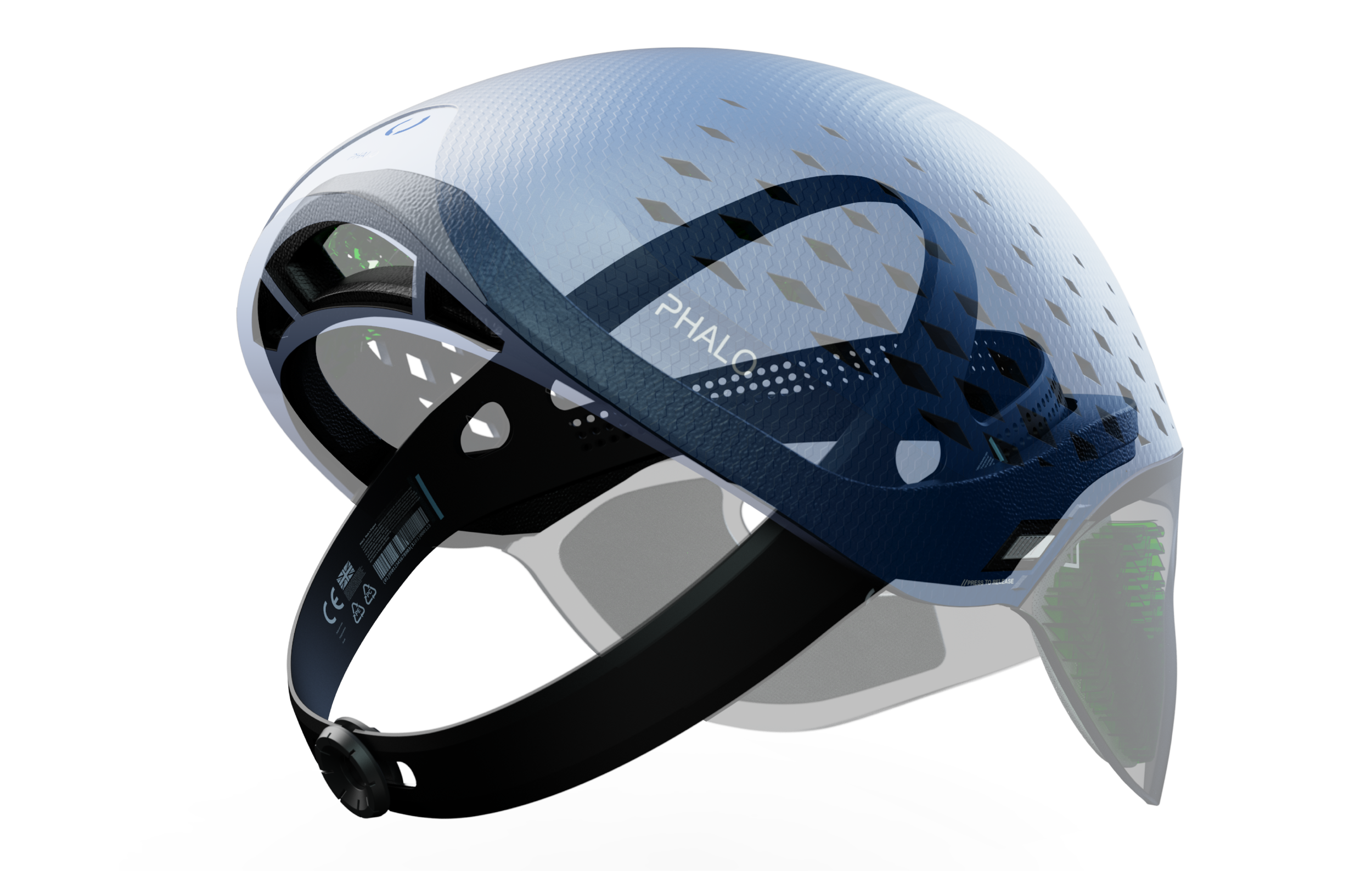Cricket is Evolving
Cricket is evolving, bat technologies are rapidly improving and batters are becoming more aggressive at the crease. Ensuring facial and cranial protection for bowlers is imperative to the future of the sport. The focus of such a design is aimed at advancing safety provisions for bowlers during their follow-through.
In conjunction with ECB (England and Wales Cricket Board) and Loughborough Sports Technology Institute
The Context
Viewer Discretion Advised
Luke Fletcher suffered a head injury in a T20 game which caused bruising and bleeding to the brain. He knew that he was "lucky to be here."
Tom Barber, Professional Fast Bowler
"If you had that bit of protection you'd have the added confidence that you're not going to get seriously injured and you've got an opportunity to take a wicket."
Warren Barnes, Professional Fast Bowler
"When I bowl, I drop my head down a lot and I don’t actually lift my head up until the batter has hit the ball. In the nets, when we’re doing Twenty20 stuff, I’ve been hit quite a few times in the chest, in the shoulder, everywhere really.”
Primary Insights
Primary Research was conducted to get insights from all versions of the game. The participants in this survey spanned from amateur to international players. 50 players discussed their views on the prospect of implementing head protection.
72%
of participants had seen or experienced themselves at least one head trauma to a bowler
35%
of these head traumas caused hospitalisation
of participants think that head protection for bowlers would be an appropriate implementation into the sport.
75%
Lightweight
Protective
Breathable
The headgear should be unobtrusive. Weight is a very important factor when evaluating the performance of the headgear.
The batter can hit the ball back at the bowler at speeds of up to 100mph. The challenge of the project is to create a balance between the level of protection and the weight.
Cricket is played in countries such as India, Barbados, and Australia. These are some of the hottest environments in the world. Bowlers are out in the field for more than 8 hours per day in weather exceeding 40 degrees.
Materials Testing
Impact tests were conducted a the Loughborough Sports Technology Institute to find the optimal construction for headgear. An auxetic foam was tested against WaveCel with differing thicknesses of polycarbonate outer shell.
WaveCel distributes the impact energy through its network of cells. It absorbs impact forces like the crumple zone of a car. It diverts rotational forces by flexing and gliding.
1. Polycarbonate Shell 4mm
2 - WaveCel Impact Structure
3 - ABS Head Strap
4 - Expanded polystyrene EPS
5 - Sweat-wicking Foam Nose Padding
6 - Adjustable Ratchet Dial
7 - Polycarbonate Visor 4mm
The Adjustable ratchet snap fits into the EPS liner using ball sockets. As seen in many bike helmet designs, the spheres are pushed into the EPS to secure the strap to the headgear.
The modular aspect of PHALO is derived from primary research. Many players identified that they wanted different areas of the head protected. To ensure the player's protective preferences were met, the modular system was integrated into the design.
Cricket is traditional, which means the aesthetic should complement the nature of the sport. During this phase of the project, the aesthetic has been developed to become more distinctive and recognisable.




















